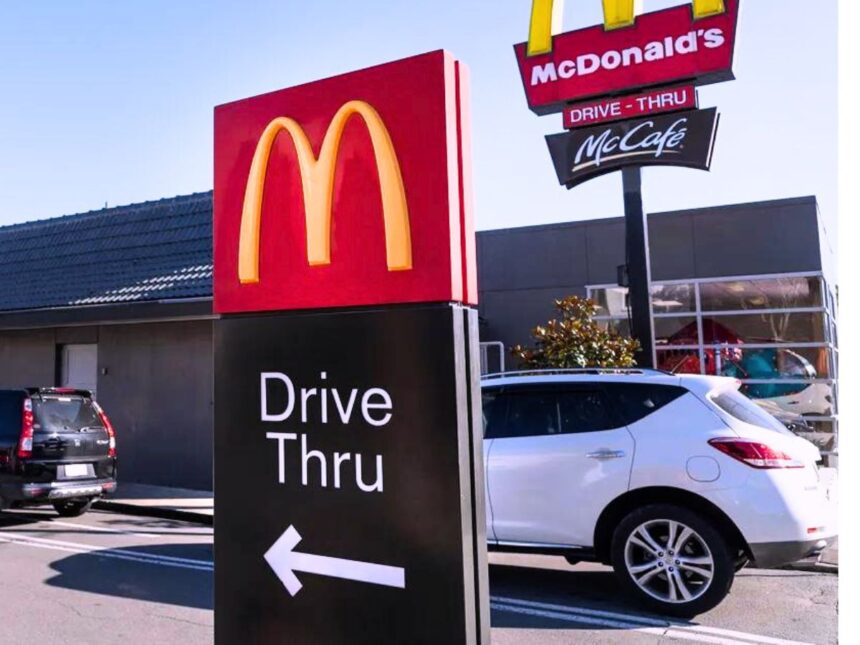
There are concerns about the fast food industry’s haste in using artificial intelligence chatbots, since McDonald’s is discontinuing its test of using them at drive-thrus.
The biggest burger company in the world is getting rid of its automated AI-powered ordering systems from more than 100 US outlets.The systems have been evaluated as part of an agreement between McDonald’s and IBM that started in 2021. They included an AI voice answering to client orders.
According to Restaurant Business, McDonald’s informed franchisees that it would shut down the technology on July 26 but provided no explanation for ending the test run.
A McDonald’s representative informed the journal that the company will make a decision by year’s end on automated ordering, but emphasized that “a voice-ordering solution for drive-thru will be part of our restaurants’ future.”
In recent years, fast-food chains have shown a great deal of interest in incorporating generative AI into their operations. In addition to McDonald’s, a number of other businesses with drive-thrus, such as Wendy’s, Hardee’s, Carl’s Jr., and Del Taco, also use AI technology. Taco Bell and KFC’s parent company, Yum Brands, declared earlier this year that it was implementing a “AI-first mentality” in its fast-food outlets.

The fast-food industry is becoming more and more receptive to artificial intelligence (AI) as businesses see the technology as a way to cut labor expenses by replacing human workers. Following the enactment of a new obligatory minimum wage regulation in California for fast-food workers, companies hurried to deploy artificial intelligence (AI) systems that could handle functions like order taking.
Although businesses have hailed artificial intelligence (AI) as the fast-food industry’s savior, same innovations have also given rise to viral videos and news stories exposing their order errors. Last year, a number of videos allegedly showing the drive-thru AI system at McDonald’s increasing the number of things purchased or adding incorrect items like butter packets became viral on TikTok.
In another video, two women could be seen laughing so hard that they were crying out for the system to stop adding things to their order—apparently hundreds of dollars’ worth of McNuggets were being charged to their account.
Some automated systems have come under fire for using outsourced human labor to operate, while others have come under fire for misinterpreting consumer demands. In an SEC filing from the previous year, Presto Automation Inc., a firm that offers AI services to fast-food chains, said that it hires people in the Philippines and other countries to participate in customer interactions almost 70% of the time.

Some businesses have been investigating how generative AI may be used to create digital chatbots on their apps or use picture recognition to calculate wait times in addition to drive-thru orders.
In December of last year, McDonald’s and Google came to an agreement to develop “Ask Pickles,” a chatbot that might instruct staff members on tasks like cleaning restaurant equipment. According to Bloomberg, the businesses also decided to collaborate on developing generative AI’s possible applications.






